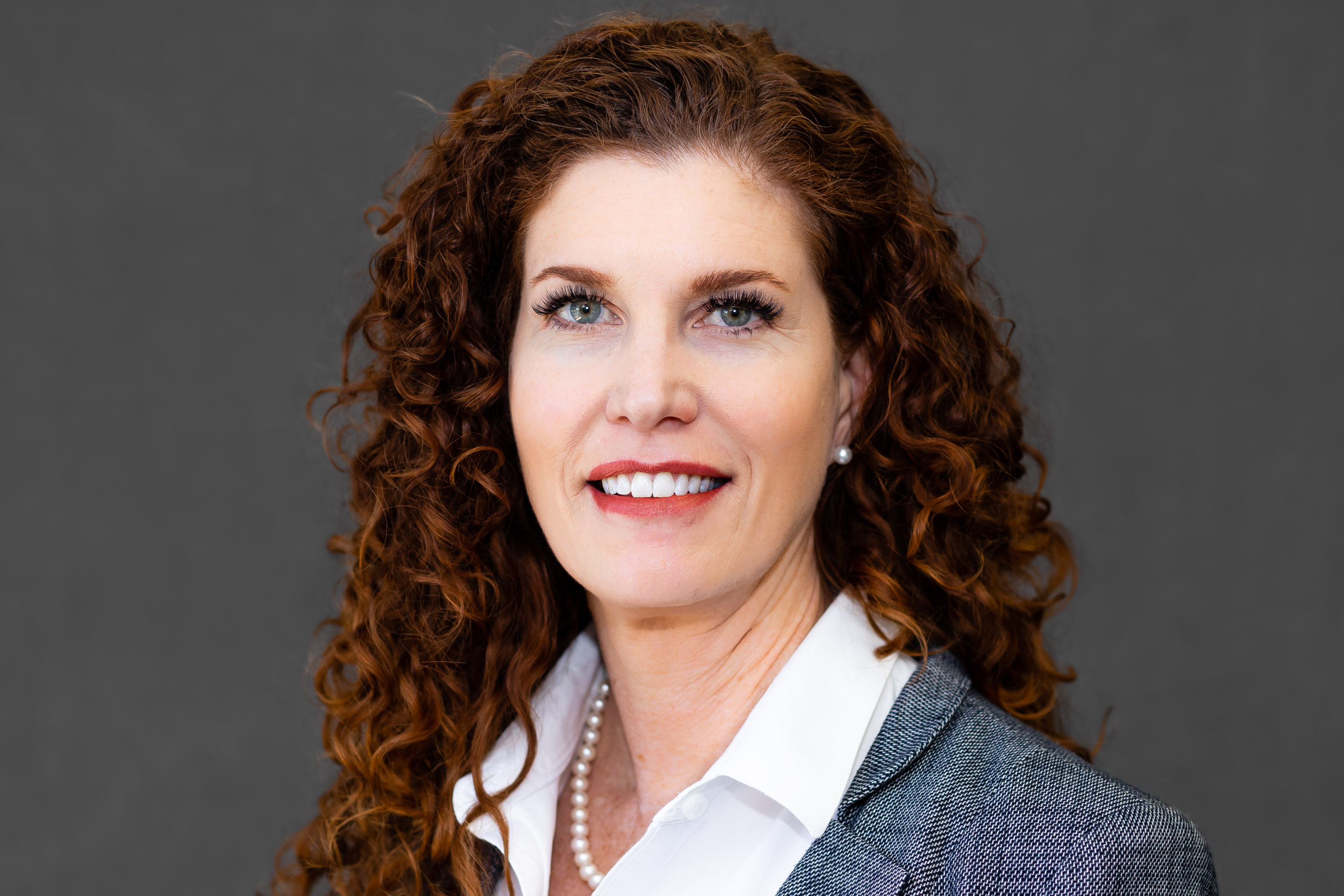The George Washington University School of Nursing (SON) will host its virtual Age-Friendly Ecosystem Summit Oct. 8, 9, 15 and 16, bringing together experts and advocates to examine the landscape around aging populations and explore how initiatives centering them can positively transform whole communities. GW Today spoke to Melissa Batchelor, professor of nursing, geriatric nursing researcher in SON and director of GW's interdisciplinary Center for Aging, Health and Humanities about what age-friendly ecosystems are and how implementing them benefits people of all ages.
Q: What are age-friendly ecosystems?
A: Age-friendly states and communities are based on the eight domains of livability, which were developed by the AARP and World Health Organization to help define and address barriers to well-being and community participation for older people. Those domains are housing, outdoor spaces and buildings, transportation, community and health care, communication and information, civic engagement and employment, social participation and respect and inclusion. In all of those domains—and there is a lot of overlap between them—we need to be thinking about whether older adults have access, not just because of their needs as a population but also because of the value that these adults and the structures that support them bring to the rest of the community.
This concept is generally applied to cities, but at their core, the domains are applicable to every sector. So an “ecosystem” goes beyond the age-friendly urban community and expands it to those other sectors: businesses, universities, public health systems and so on. It involves the entire infrastructure.
Q: How are age-friendly ecosystems beneficial to community members of all ages?
A: When things are age-friendly, they're friendly for everyone. It’s about universal design. Think about a beachside community, when they install those little pads that help people get from the parking lot onto the beach: That’s helpful for people in a wheelchair or people with a walker, but parents with strollers benefit as well.
Or think about the placement of benches or bathrooms. You might never think about bathrooms, and then you get pregnant, and you need one to be accessible all the time. Or if a person has a mild cognitive impairment—which can happen at any age—a beautiful, artistic bench may not be useful to that person, because they need to sit down and they don’t recognize that there’s a bench there.
Aging isn’t the same for everyone, and aging is not in itself a disability. But we do have a lot of Americans who will encounter disability in their life, but disability can happen to anyone, whether because of age or long COVID or any number of other factors. Universal design makes things accessible for everyone.
Q: When we think about aging, we’re often thinking about the idea of age as reflected to us by popular media. Do you think that has an effect on our idea of aging, and if so, is it evolving at all?
A: I will say that the Golden Bachelorette is on ABC right now, and that is challenging people's assumption that after a certain age love is not going to be in the cards for you. I don't care how old you are, we all need love and affection and relationships with other people. We’re also seeing some differences in marketing—there’s a new Dove commercial, “Beauty Never Gets Old,” and a Chevrolet EV spot that features older adults too. That's a great way to help people see themselves, no matter how old they are, within a product. So I think we're starting to see some differences in marketing aspirationally beyond the 18 to 35 age bracket.
Q: If you were born in 1996 or earlier—around the millennial-to-Gen Z cutoff—what should you keep in mind day-to-day to have a better aging experience?
A: Healthy aging is a lifelong process that begins at birth. Aging well involves both individual decisions and the support of our communities across our lifespans. We can talk about physical exercise or healthy habits, but we also want to talk about systems.
Any time I talk about aging, most people assume I’m talking about the Baby Boomers because they are the youngest of today’s older adults, and they have historically been the largest generation. But five years ago, Millennials took over as America’s largest generation, and three years ago they started turning 40—making them old enough to sue for age discrimination in the workplace. We only have about 20 years before Millennials start turning 65. So it’s imperative that we get policies and practices in place that today’s older adults need now, because it will benefit all generations.
Notice older people in your community. If you see something that your mother or your grandmother or somebody that you love is struggling with, it’s worth paying attention to that and thinking about a solution.
Visit the Age-Friendly Ecosystem Summit website for more details and to register for events.



